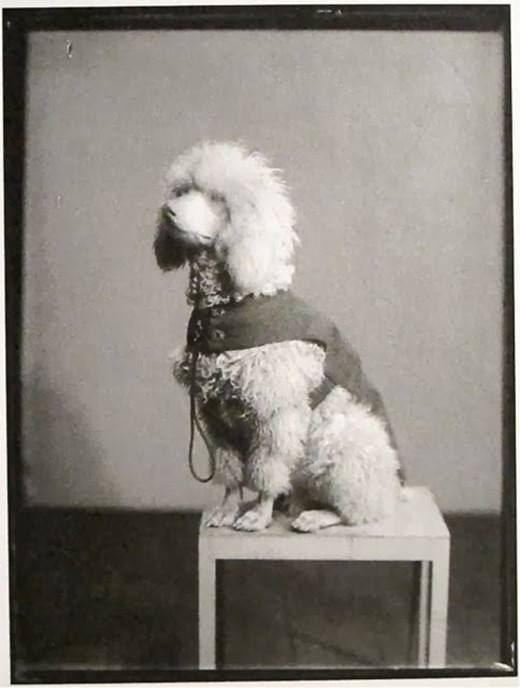
Doesn’t everyone want to join a club that’s got the word, “toilet” in its name?
Back in the 19th century, well heeled dog owners did. Back then, “toilet” didn’t mean what it does today, and referred instead to personal grooming: Washing, brushing, and arranging one’s hair, applying scent, putting on make up, and so on. The Dogs’ Toilet Club, the brainchild of a Mrs. Nugent, offered grooming services for the pets of the well-to-do, and later, the enterprising missus threw in pet sitting, dental and veterinary care, and tailored clothing for good measure. She had never intended her service to be a club, per se, but as she mentioned in an interview, so many dog owners inquired about becoming “members” that she eventually added the word to the business name.
It was a hit.
The fashionable club for dogs was located on New Bond Street in London, a sumptuous house furnished with expensive furniture, dog-themed artwork, and glass-topped display cases that showed off the latest in canine couture; a tailor on the premises ensured personal fittings for each dog. Sometimes, the club served as “doggie day care” as owners went shopping. Other owners had their dogs’ medical and dental needs attended, or took advantage of grooming that made sure to use soothing warm water and egg yolk shampoo.
An edition of the Strand (a monthly magazine published from 1891 to 1950) reported that it cost half a guinea to extract two teeth from a Skye Terrier, and that a “premier dog clipper,” Mr. W. R. Brown, could clip designs into a Poodle’s coat, including a complicated family crest, a scene from a prizefight, or the appearance of lace.
Not everyone was impressed by the club, and critics pointed out the decadence of spoiled women with more money than sense as evidenced by the extravagances offered to dogs.
In 2018, we have organic food, canine clothing, doggie strollers, natural shampoos. Doesn’t it strike you that everything old becomes new again?
Image found on Pinterest and happily credited upon receipt of information
